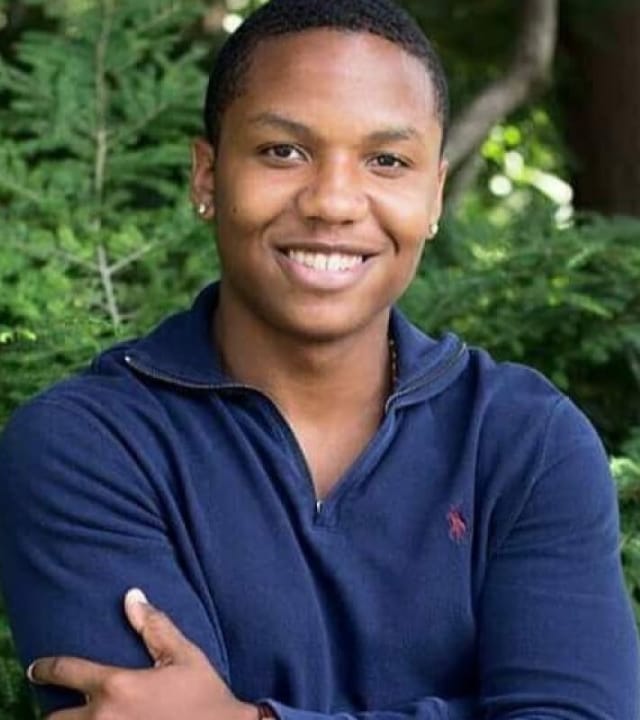Stay on top of all things cold cases, advocacy, and true crime with our twice per week newsletter
St. Louis, Missouri Cold Cases
Many cases of persons going missing or being murdered in St. Louis, Missouri date back to the 1980s and remain unsolved. The victims' loved ones and the community at large are still troubled by these events. In an effort to bring closure to these cases and justice to the victims and their families, the St. Louis Metropolitan Police Department (SLMPD) has been working around the clock.
Almost a thousand homicide and missing person cases have gone unsolved in St. Louis since 1980, according to SLMPD statistics. Almost 30 cold cases from the '80s and '90s were reported solved by the department in 2021 thanks to the application of modern forensic techniques and evidence. Many other instances, however, have not yet been resolved.
The lack of tangible evidence and witnesses is one of the biggest obstacles the SLMPD faces while trying to solve cold cases. The crime scene may have been corrupted or destroyed because many of these cases date back decades, making it impossible to collect and examine evidence. It can be difficult to track down potential witnesses since they may have moved away or passed away after the incident in question.
The department also faces difficulties due to a shortage of funding. The SLMPD, like many others across the country, has fewer resources and fewer available personnel than it would like. The department often has to prioritize active crimes over cold ones because of the extensive time, resources, and experience required to examine cold cases.
The SLMPD has employed multiple tactics in an effort to solve cold cases despite these obstacles. New forensic technology, such as DNA testing, which were not accessible when many of these cases were being probed, have been one of the most significant advances. A special unit within the department has been established to reexamine and reinvestigate cold cases. Detectives who have worked on numerous homicide cases and have received specific training in cold case investigations make up the unit's team.
One tactic has been to collaborate closely with victims' loved ones. The department recognizes the value in informing and including affected families in its investigations. They keep the public apprised of developments and provide comfort to the families, both of which are essential in bringing attention to the cases.
Famous cold cases in St. Louis
To help investigate these cases, the SLMPD has collaborated with a number of other entities. As a result of their collaboration with the FBI and other federal agencies, the department has access to tools and knowledge that would otherwise be unavailable. They also collaborate with nonprofits like the National Center for Missing and Exploited Children, which has been instrumental in finding missing persons and providing aid in solving related cases.
Finally, the agency has turned to public channels like Twitter and Reddit in order to crowdsource useful information and tips. They have used social media like Facebook and Twitter to spread the word about the cases and solicit the public's assistance in solving them. They have also shared images of missing people that have been digitally aged in an effort to find new leads.
In conclusion, there are an alarming amount of unsolved incidents of homicide and disappearance in St. Louis. The community as a whole, as well as the victims' loved ones, continue to feel the effects of these incidents. New forensic tools, a dedicated Cold Case Unit, and collaborations with other organizations are just some of the methods the SLMPD has put into place to investigate and hopefully solve these crimes. The agency is dedicated to finding answers and delivering justice for the victims and their families, despite the many obstacles in its path.


Consider this
More than 200,000 unsolved cases have gone cold since 1980, and murder clearance rates continue to drop. With equity for BIPOC, LGBTQ+, and other underserved victims not prioritized in the true crime community—together we can do better.
What is St. Louis Metropolitan Police Department (SLMPD)'s strategy for investigating unsolved cases?
The St. Louis Metropolitan Police Department (SLMPD) in Missouri uses multiple methods to reopen cold cases. The use of modern forensic tools and procedures to reexamine cold cases is one option. To aid with cold case investigations, the department also maintains tight relationships with other law enforcement agencies and collaborates with groups like the Federal Bureau of Investigation and the National Center for Missing and Exploited Children.
The SLMPD also incorporates citizen participation into its investigations as another tactic. As part of this effort, public forums will be held, cold case information will be shared on social media and other platforms, and tipsters will be encouraged to come forward.
The department has also formed a Cold Case Unit, comprised of veteran detectives who work only on cold cases such as cold murders and cold disappearances. The unit maintains close contact with the victims' loved ones, providing updates on the investigation and consolation services.
A Cold Case Review Team, comprised of criminal law and forensic science students from the University of Missouri-St. Louis, works alongside SLMPD officers to review and analyze evidence in cold cases.
The SLMPD uses a variety of methods, including both old-school detective work and cutting-edge tools and strategies like crowdsourcing, to solve cold cases. The department is still dedicated to finding answers and bringing closure to the victims' loved ones.
What resources are available to help solve cold cases?
In order to assist in the resolution of cold cases, St. Louis, Missouri provides a number of different options.
The Cold Case Unit of the Metropolitan Police Department of St. Louis investigates cold cases and attempts to resolve them so that victims' loved ones can rest in peace. The Missouri State Highway Patrol and the Federal Bureau of Investigation are just two of the many organizations that they collaborate with closely during investigations.
Missouri's family and law enforcement can access the Missing and Unidentified People System (MOMUP) to report missing people and unclaimed bodies. They assist in solving cases by attempting to identify remains that have been found and missing persons reports.
Along with law enforcement, the National Center for Missing and Exploited Children helps families find their lost children.
As a last point, CrimeStoppers provides a reward for information that results in an arrest in cold cases. Anonymity is preserved while useful advice for law enforcement are provided.
Major cities surrounding St. Louis, Missouri
St. Charles, Missouri
Chesterfield, Missouri
Florissant, Missouri
Clayton, Missouri
Belleville, Illinois
